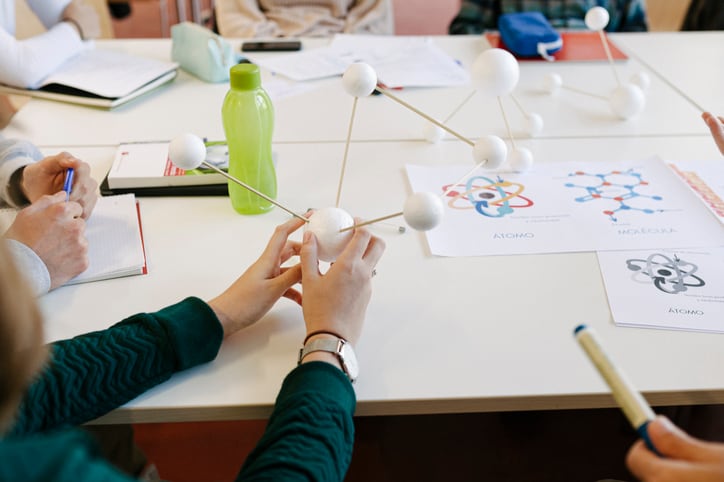Innovation has always been important in beverage packaging: creating robust containers that can protect fragile and sensitive liquids while standing up to the rigors of distribution and transportation.
Meanwhile, packs need to be shaped around consumer experience: with ergonomic shapes and a variety of shapes and sizes, all while providing a broad canvas for marketing and branding messages.
But now, innovation is underpinned by sustainability: how can beverage packaging reduce its impact on the environment while still delivering all these fundamental requirements?
Packaging innovation comes in all forms... here’s some of the latest developments pushing beverage packaging forward.
Artificial intelligence finds new packaging materials
Packaging has already been one of the big beneficiaries of automation and AI when it comes to production and packaging technologies.
The cost of automation has decreased, making the technology more accessible. Meanwhile, artificial intelligence is being built into robots and production lines, meaning technology can react in real time.
But what about outside production lines?
One of the biggest challenges for the beverage industry as it moves away from formats such as plastic bottles is to find new materials that can meet criteria when it comes to structural integrity and other considerations.
So Nestlé and IBM have announced this month that they’ve teamed up to develop new AI and deep tech tools for packaging innovations.
As part of the drive to reduce virgin plastic, companies are searching for alternative materials and novel techniques. However, identifying new materials – which meet the products functional needs as well as ensuring food safety and quality – is a process that can take years of research.
Instead, Nestlé and IBM scientists are leveraging AI-based processing techniques to construct a knowledge base of known materials. This can then be incorporated with a chemical language model to learn the representation of molecular structures.
The resulting model can be used to propose entirely new high-barrier packaging materials: which could ultimately find their way to top Nestle brands such as Nespresso, Nescafe, Kit Kat, Nesquik and more.
Glass lightweighting
Glass is a big source of emissions in the wine and spirits industry: and one of the biggest areas to address when it comes to making the sectors more sustainable.
So this week, Ardagh Glass Packaging Europe has launched a new 300g lightweight glass wine bottle.
The new launch combines ultra-lightweight design with high strength and premium shelf appeal.
Wine bottles typically weigh in the region of 500g.
With the wine industry facing increasing pressure to reduce its impact on the environment (with a significant portion coming from glass), the bottle is set up to deliver on three key fronts: material reduction, structural performance and brand presentation.
The 75cl bottle is suited to high-speed filling lines and can withstand supply chain handling, all while delivering a significant reduction in bottle weight.
The bottles are available in green, flint and other glass colors.

While Ardagh’s bottle is designed for still wine, Champagne Telmont has taken up the challenge in sparking wine.
This month sees the debut of its ultra-lightweight Champagne bottle: which comes in at 800g instead of 835g.
While this is still considerably more than a still wine bottle, it represents a big step in lightweighting in a category where the pressure created by a sparkling beverage presents a major technical challenge (in fact, the gas inside a Champagne bottle is around twice that of a pressure in a car tire).
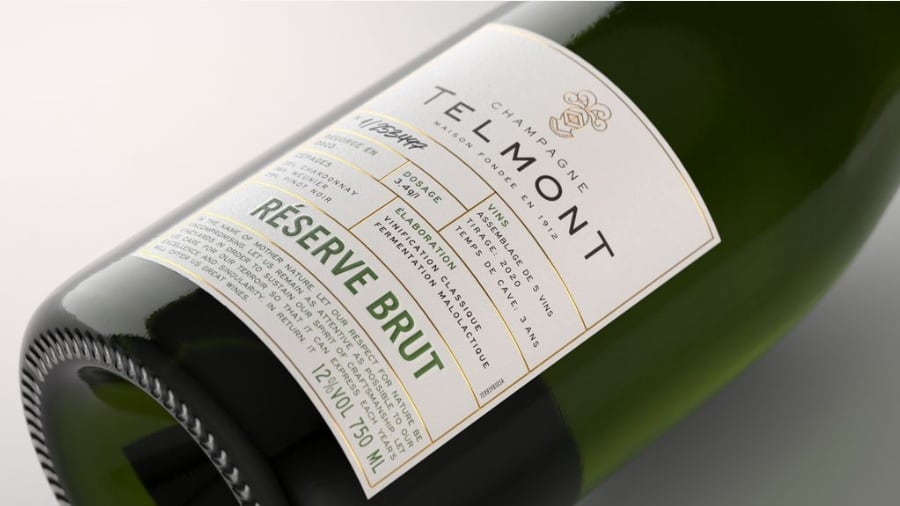
Can paper-based caps top of paper bottle development?
Paper-based packaging is one of the fastest-moving and most exciting areas of beverage packaging development.
Cartons have been growing in popularity as an alternative to glass or plastic; while innovators are turning the dream of paper bottles into a reality.
Absolut vodka has been trialing a paper-based cap this year to accompany its paper bottle.
The cap, developed with Swedish start-up Blue Ocean CLosures (BOC), is made of more than 95% FSC certified fibers, although does maintain a thin top-seal barrier made of plastic in this generation.
The ambition is to replace the plastic with a bio-based material so the entire cap will be made with renewable materials.

Meanwhile, in cartons, SIG and PulPac have just launched a strategic partnership to replace plastic caps with paper ones.
SIG, the Swiss-headquartered carton packaging specialist, and PulPac, a dry molded fiber tech company, will establish an exclusive development program for the next-generation of paper-based closures for SIG’s aseptic cartons. They’ll also focus on scaling up the tech to allow for large-scale production of the format.
PulPac’s dry molded fiber tech is based on forming a dry web of fibers, instead of creating materials from a fiber slurry. This results in minimized water usage in the molding process alongside several additional benefits like lower CO2 emissions compared to plastic solutions.
The tech also offers design flexibility and is engineered for high-volume production. Because SIG uses post-application in its closures (only after products have been filled into packaging and cartons have been sealed), this post-application process lays the foundation for a ‘plug-and-play’ setup which means paper-based closures can be applied in the same way as plastic ones, without changing the production process.
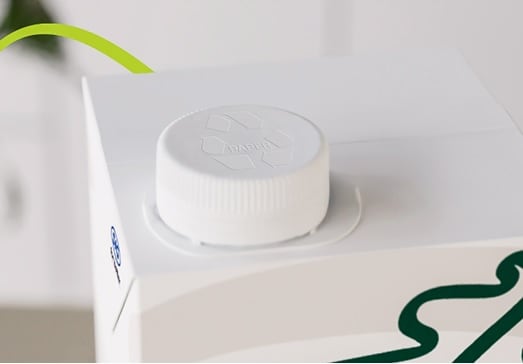
Carton development
Tetra Pak has been exploring novel uses for components of recycled cartons.
Beverage cartons are made up of around 70% paperboard, which can be recycled into paper-based products such as tablecloths, napkins and toilet paper.
However, cartons still need ultra-thin layers of aluminum and polymers to protect the food or beverage inside with a waterproof layer: and Tetra Pak has been exploring and expanding commercial applications for this remaining polyAl.
One surprising new destination for polymers is cars.
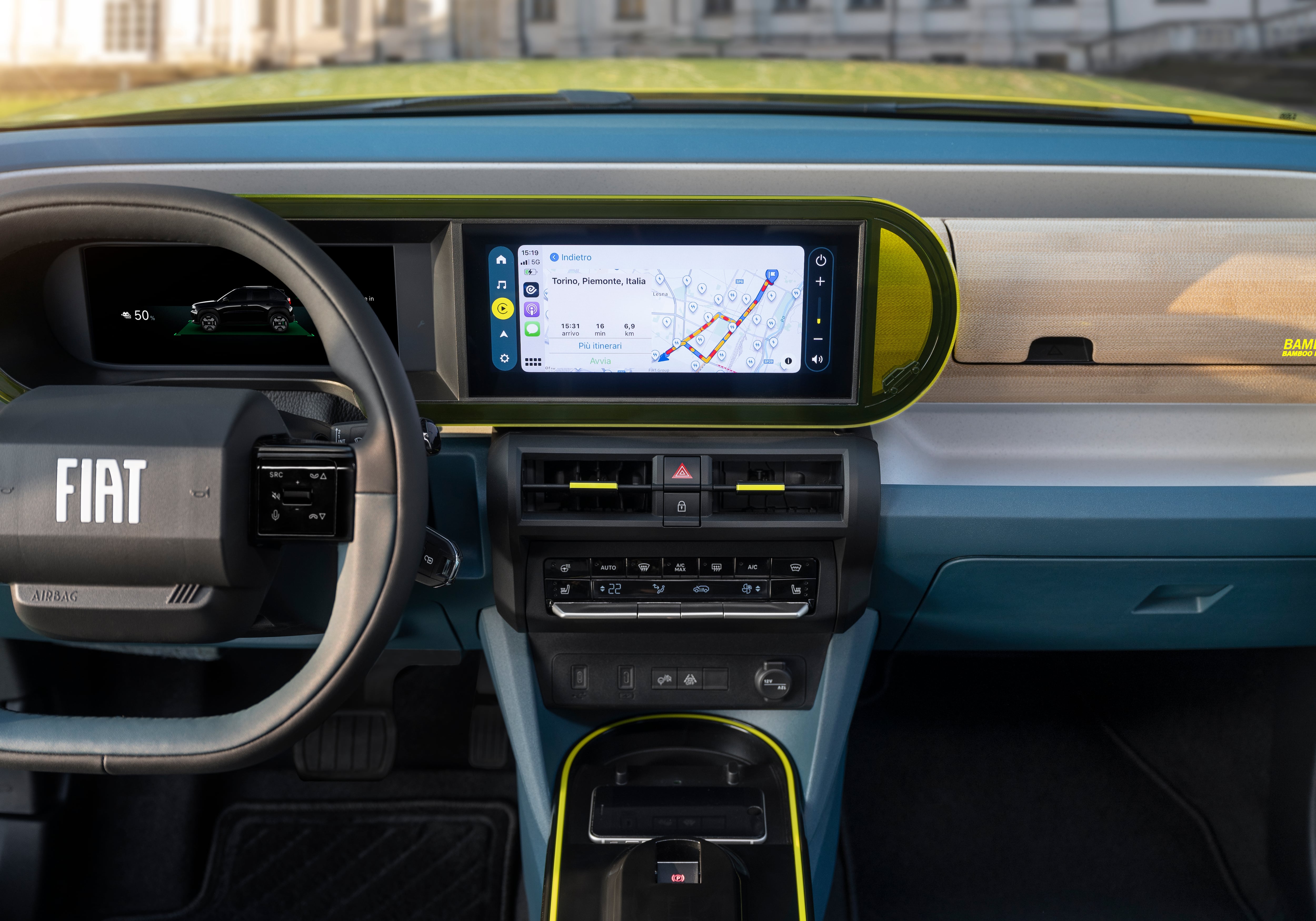
Fiat has become the first car manufacturer to use recycled materials from beverage cartons in a vehicle: specifically in the central console, dashboard, interior front and rear door panels.
Furthermore, the materials was used for visible interior parts: showcasing the aesthetic potential of the material’s shimmering effect from aluminum.
With the compound named Lapolen Ecotek, produced by Lapo Compound, a Fiat Grande Panda contains recycled material from the polyethylene and aluminium used in 140 beverage cartons.
The car is already on the market in most European countries, and will be available outside Europe by the end of the year.
SIG, meanwhile, is expanding solutions that eliminate the aluminum layer completely.
It claims a world first with 1-liter aseptic carton packs without the aluminum layer, which are made of SIG Terra Alu-free + Full barrier packaging material.
Following the success of this packaging material innovation in single-serve format, SIG is now expanding the alu-free option into the juice category and a multi-serve format for the first time. ALDI debuts the innovation with grape juice under its own brand Rio d’oro in Germany, reducing the carbon footprint of conventional multi-serve cartons by 29%.
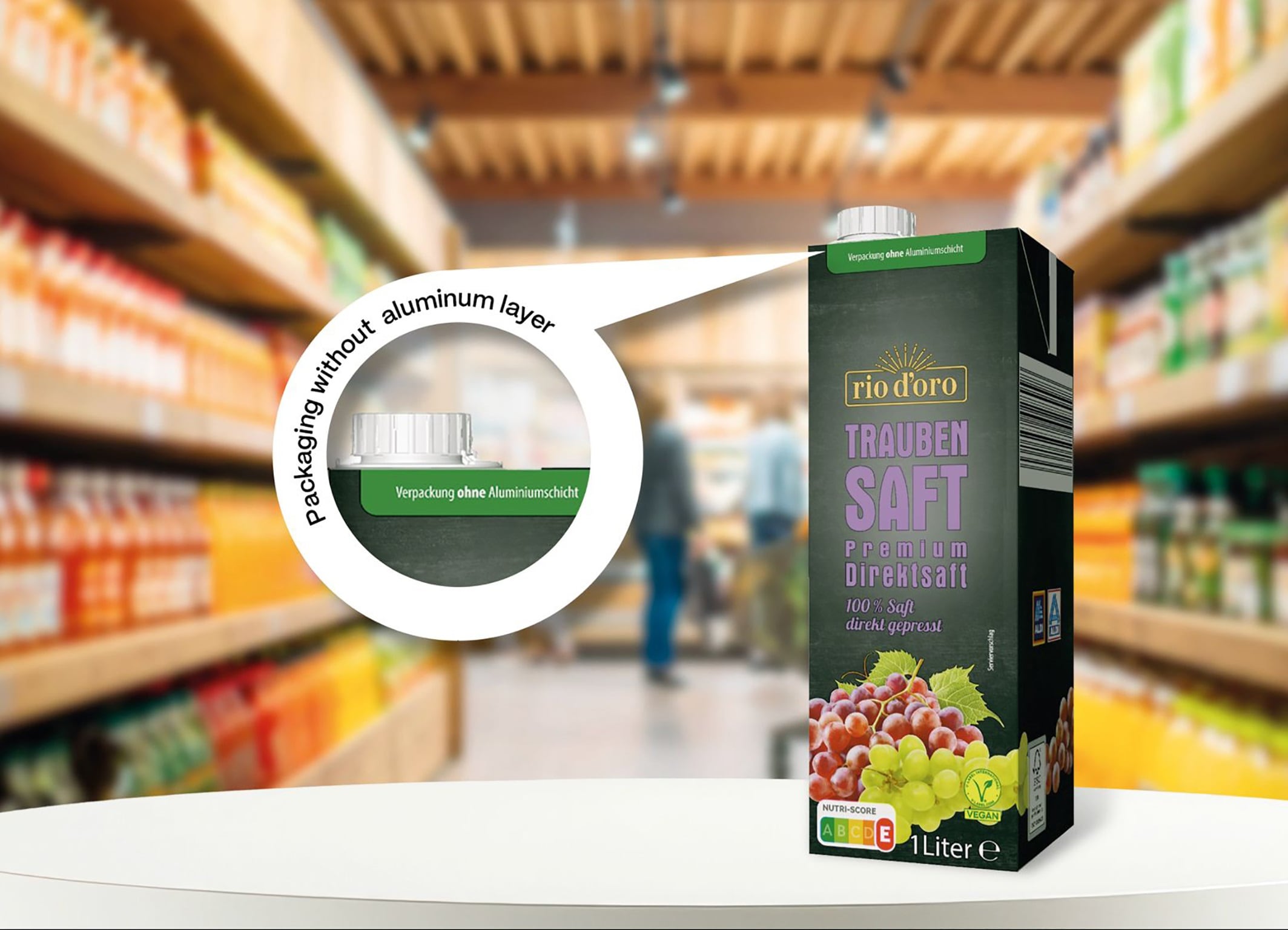
SIG Terra Alu-free + Full barrier offers the same full barrier protection as standard SIG aseptic carton material and the same shelf life of up to 12 months. The packaging material can run seamlessly on existing SIG filling lines, including high-speed capabilities of up to 24,000 packs per hour for small-size cartons and 15,000 packs per hour for multi-serve formats.
The SIG Terra Alu-free + Full barrier packaging material is made from more than 80% paper and replaces the aluminum layer with an ultra-thin polymer coating that protects products against oxygen, light, moisture, and aroma loss.
New packaging plant
Greatview, the world’s third largest aseptic packaging provider, has opened a new plant in Italy this month: which will supply the company’s 200ml Slim Brick Plus.
The format features an extra-robust polymer barrier to maximize resilience during distribution, and enhances product safety for sensitive products.
The new plant, known as “Greatview Italy” is located in Perugia, and has been developed with CG Europoligrafico SpA, a long-established Italian manufacturer of advanced packaging.
Beverage cans
Beverage cans have been growing in popularity as an alternative to plastics, particularly in booming beverage categories such as beer and RTD alcohol.
In Europe, Aluminum beverage can manufacturer, Canpack, is expanding its production plant in Bydgoszcz, Poland in response to demand.
The facility will increase Canpack’s current production capacity of cans in the region by more than one billion cans annually, with further growth potential in the future, as the company sees growing demand from European customers.
The PLN 440m ($120m) expansion, which includes upgrading existing production lines and adding new state-of-the-art machinery and equipment, adds more than 100 new jobs to the 470 already in place on site.
Meanwhile, Pittsburgh-headquartered PPG has just expanded its easy-open end coatings for aluminum beverage cans: formulated without the use of BPA and PFAS to comply with global regulations.
The series is designed to facilitate increased line speeds, higher productivity and less waste (PPG Innovel PRO PPG2489 coating has the potential to lower carbon emissions by 20% using lower film weights). The products are compatible with various manufacturing processes for coil coaters and canmakers and are suitable for both 2-piece and 3-piece beverage can systems. The coatings protect against a wide range of beverage products against flavor transfer, corrosion and challenging ingredient formulations: including beer, seltzers, soda, sparking water, juices, RTD cocktails, energy drinks, wine and others.

